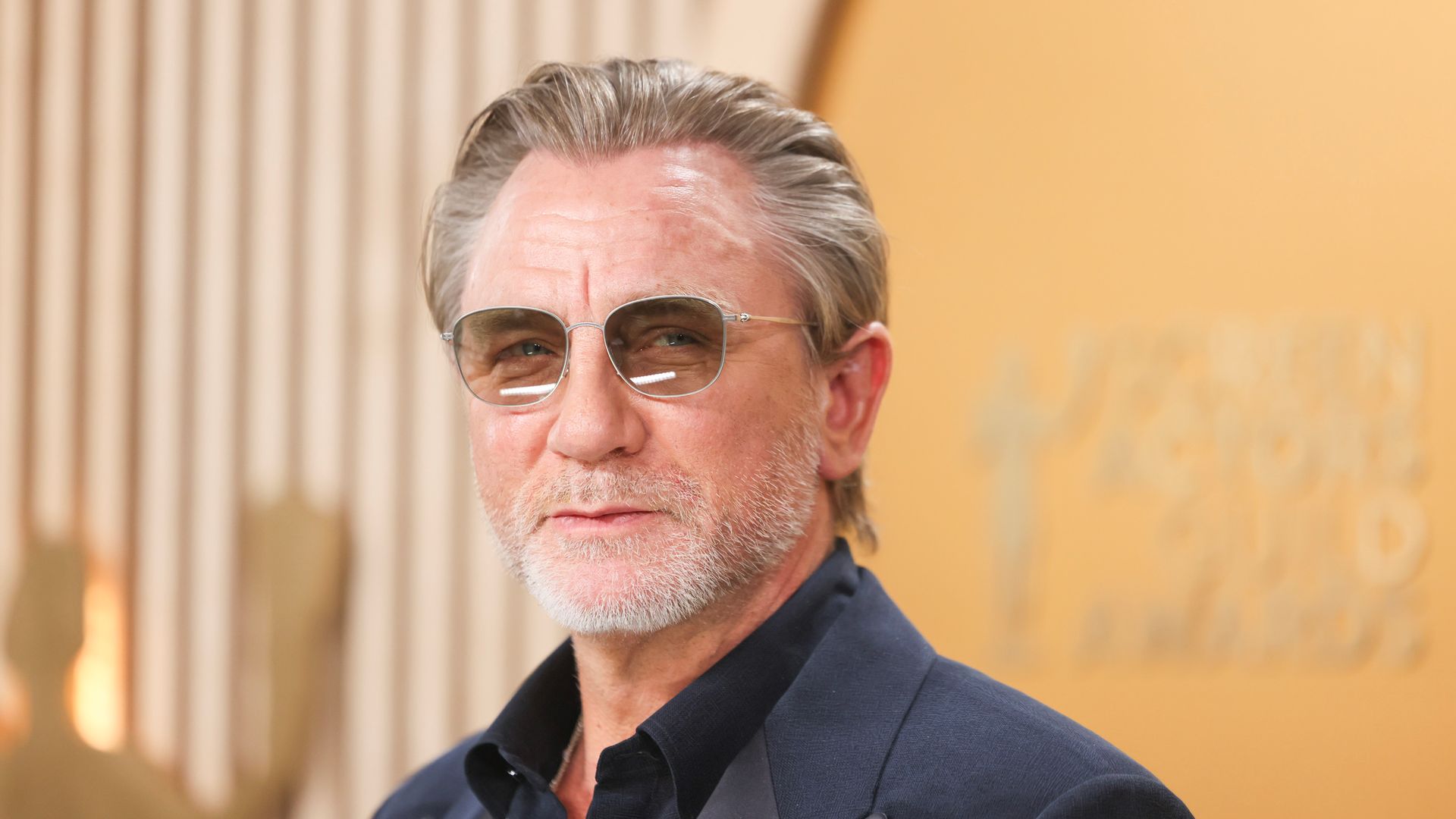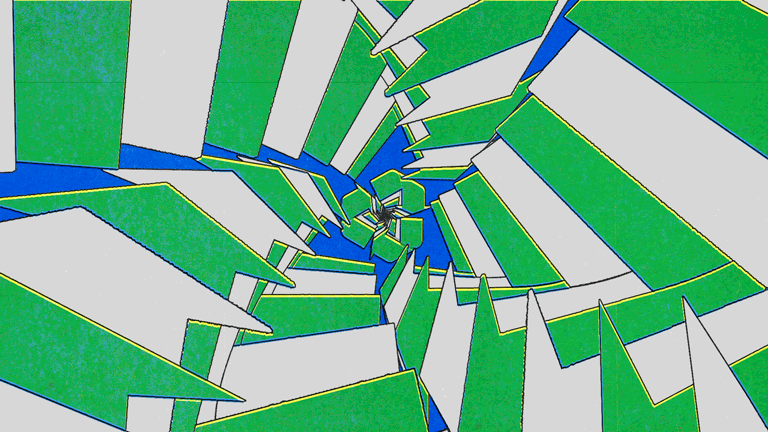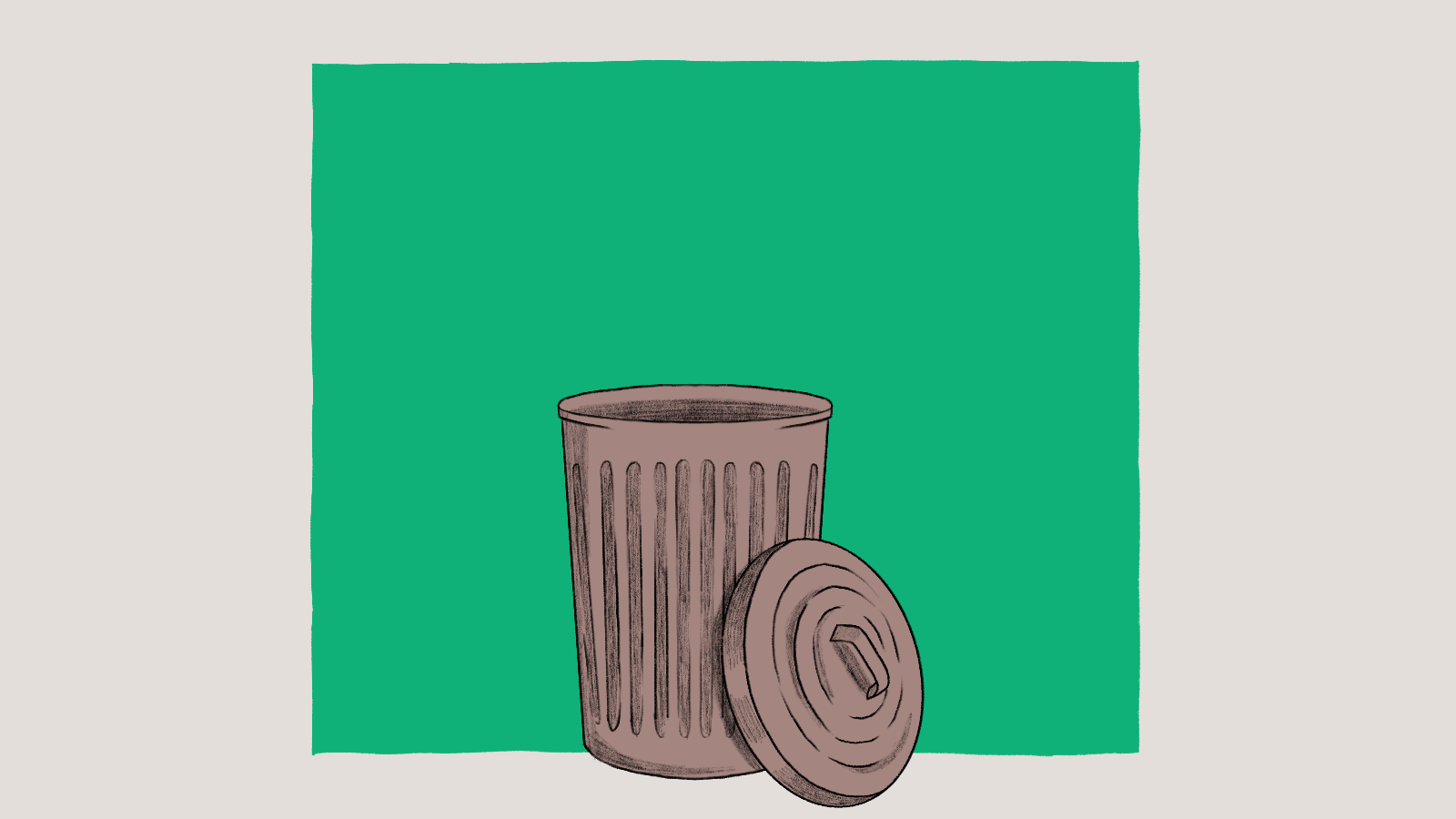Starbucks customers across hundreds of locations in the United States started their weeks off with a surprise: Their beloved Frappuccinos and iced espresso drinks served in paper cups, not plastic.
The Seattle-based coffee company announced this week that about 580 of its stores had begun replacing its cold drinks cups — typically made out of polypropylene, a type of rigid plastic — with paper versions lined with a thin layer of bioplastic for liquid resistance.
A company spokesperson declined to provide a list of stores affected by the change, but said Starbucks wants to comply with the growing number of local ordinances restricting the distribution of single-use plastics. Some advocacy groups, however, have suggested that the transition away from polypropylene plastic cups is more connected to Starbucks’ own sustainability targets — specifically, a goal the company set last year to make all of its packaging reusable, recyclable, or compostable by 2030.
The company’s continued use of the plastic, which is neither reusable or compostable, seemed to hinge on the idea that the cups could technically fall under the recyclable category. Jan Dell, an independent chemical engineer and founder of the nonprofit The Last Beach Cleanup, says they’re not, and that Starbucks is now acknowledging it.
“This is a clear admission that polypropylene cups are not recyclable” — or, at least, that they don’t get recycled in practice, Dell told Grist.
Dell’s conclusion is based, in part, on an effort she spearheaded last year to see what happens to Starbucks’ plastic cups when deposited in the chain’s in-store recycling bins. She and a partner, Susan Keefe — now with the nonprofit Beyond Plastics — placed tracking devices in empty Starbucks cups across Southern California, dropped the cups off in the chain’s recycling bins, and followed their movements after they were picked up by waste trucks. In almost all cases, the trackers went to a landfill or an incinerator rather than a recycling center.
Her investigation was repeated on a larger scale by CBS News, which tracked cups dropped into 57 Starbucks recycling bins across the country. Of the 36 trackers that produced reliable location information, 32 last pinged at locations that appeared to be landfills, incinerators, or waste transfer stations. Just four pinged at locations that appeared to be material recovery facilities, the places where used plastics are sorted for recycling.

A Starbucks spokesperson told Grist that the company’s polypropylene cups are “recyclable in many locations where there is local infrastructure.” But it is unclear where such infrastructure exists. Last year, CBS News reported that Starbucks was only able to list one facility that turns polypropylene plastic cups into new products, KW Plastics in Alabama. A 2022 Greenpeace report found that this facility has the capacity to recycle only about 1 percent of the United States’ total polypropylene waste, and may not accept polypropylene waste from states outside the Southeast due to transportation costs. Another limiting factor is the high rate of contamination with other types of plastic, or liquids and food residue. Polypropylene bales from California, for example, have an average contamination rate of 31 percent — far higher than the 2 percent contamination rate KW Plastics says it accepts.
KW Plastics did not respond to Grist’s request for comment. (An industry group told Grist there are several more polypropylene recycling facilities in the U.S., but a Grist review of the list it sent found inconsistencies: One facility said it doesn’t accept bales of polypropylene, for instance, and another appeared to not yet be operating.)
Considering all of the 160,000 tons of plastic cups and plates produced in the U.S. in 2018 —the last year for which federal data is available — about 81 percent was landfilled and 19 percent was burned in 2018. That leaves roughly 0 percent for recycling: a “negligible” amount, as the Environmental Protection Agency puts it.
Dell said the high-profile investigations “embarrassed” Starbucks and may have contributed to its move away from polypropylene cups. The company knows its customers “want to feel good about their cold drink or their hot drink cups,” she said. “Consumers do not want to feel guilty.”
Lisa Ramsden, a senior oceans campaigner for Greenpeace, said Starbucks may also be trying to get ahead of anti-plastic regulations in California, which are expected to ban certain types of plastic in the coming years. Already, the state requires the substantiation of recyclability labels like the ubiquitous “chasing arrows” symbol, imprinted on Starbucks’ polypropylene cups and advertised on its in-store recycling bins. Companies that want to label their products as recyclable in the Golden State have to maintain written records explaining why they believe the recycling claim is true, and showing that those products are widely collected and turned into new products within California.
A Starbucks spokesperson said the company’s polypropylene cups are compliant with applicable consumer protection laws and declined to provide additional evidence that the cups are recycled. They said that recycling is “complex and challenging,” and that the company’s goal “is always to reduce the amount of plastic in our waste stream.”
Along with the move toward compostable paper cups, Starbucks, which is navigating a flurry of changes as its new CEO attempts to improve the company’s image and bottom line, says it is making ceramic mugs available for in-store dining and allowing more customers to order drinks in their own reusable cups. As for Starbucks’ plastic cups, it’s unclear whether and when they will be phased out from the more than 16,000 locations in the U.S. that are still offering them. Last April, the company said it had redesigned its single-use plastic cups to use up to 20 percent less plastic — a move that would allegedly “keep more than 13.5 million pounds of plastic from landfills each year.”
According to Dell, Starbucks’ move away from plastic cups is a “crack in the wall” of the campaign to promote polypropylene recycling — particularly from The Recycling Partnership, an industry-backed nonprofit that in 2020 launched an initiative called the Polypropylene Recycling Coalition to “ensure the long-term viability of polypropylene plastic.” As of December, The Recycling Partnership said it had distributed $22 million in grants to recycling facilities to improve the collection and sorting of polypropylene. The organization’s chief policy officer, Kate Davenport, told Grist this money has helped bump up the recycling rate for polypropylene packaging. She said polypropylene recycling has “needed a lot of investment,” although her organization also sees a need to reduce plastic production overall.
Starbucks is a founding partner of one of the Polypropylene Recycling Coalition’s steering committee members, the NextGen Consortium, and has donated millions of dollars to this organization to “explore the circularity” of polypropylene, among other objectives. The Starbucks spokesperson said the company would continue to fund these and similar efforts.
Starbucks declined to say whether it would eliminate additional forms of single-use plastic, like snack boxes and prepackaged beverages, or comment on whether the company would expand compostable cups nationwide.
Environmental advocates say Starbucks should eliminate nonrecyclable single-use plastic across the country, although Dell acknowledged that doing so could take some time due to supply chain delays and the vast number of stores — Starbucks is the second-largest restaurant chain in the world, after all. She called on the company to be more transparent about its plans, and to change in-store recycling bin labels to make it clear that only cans or plastic bottles — which are recycled at much higher rates than polypropylene cups — are accepted.
Ramsden said that, while compostable cups are a “step in the right direction,” Starbucks should place its focus on reusable containers whenever possible. “We need to move away from the single-use mindset, whether it’s plastic or aluminum or bioplastic containers, and move toward systems of refill and reuse.”
This story was originally published by Grist with the headline Why some Starbucks locations are switching from plastic to paper cups on Feb 24, 2025.
Green groups say it’s a “clear admission” that the plastic ones aren’t recyclable. Accountability Grist






